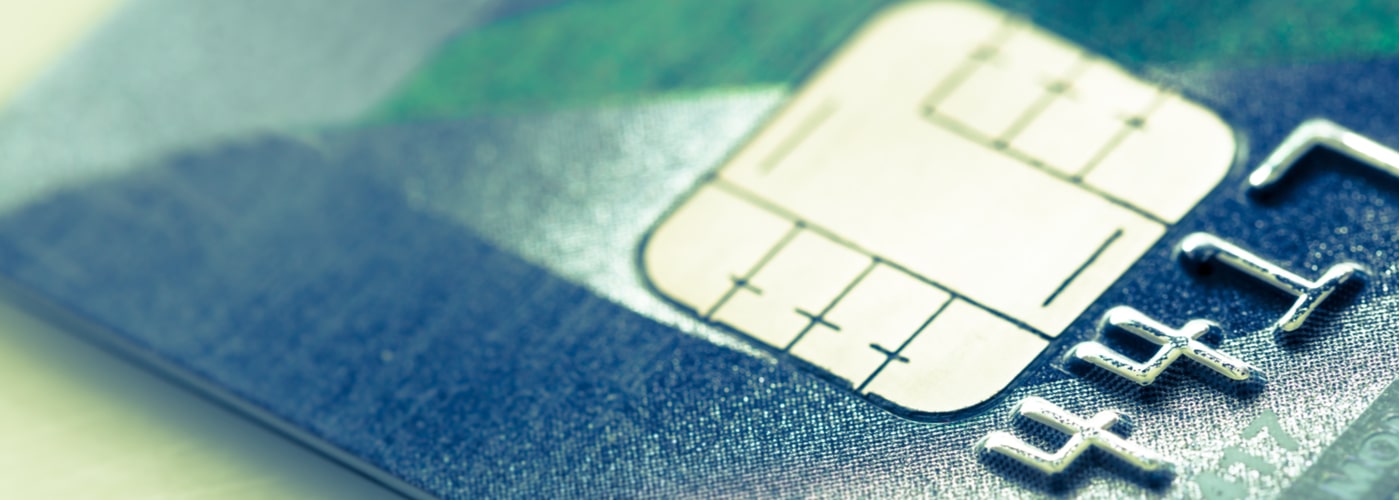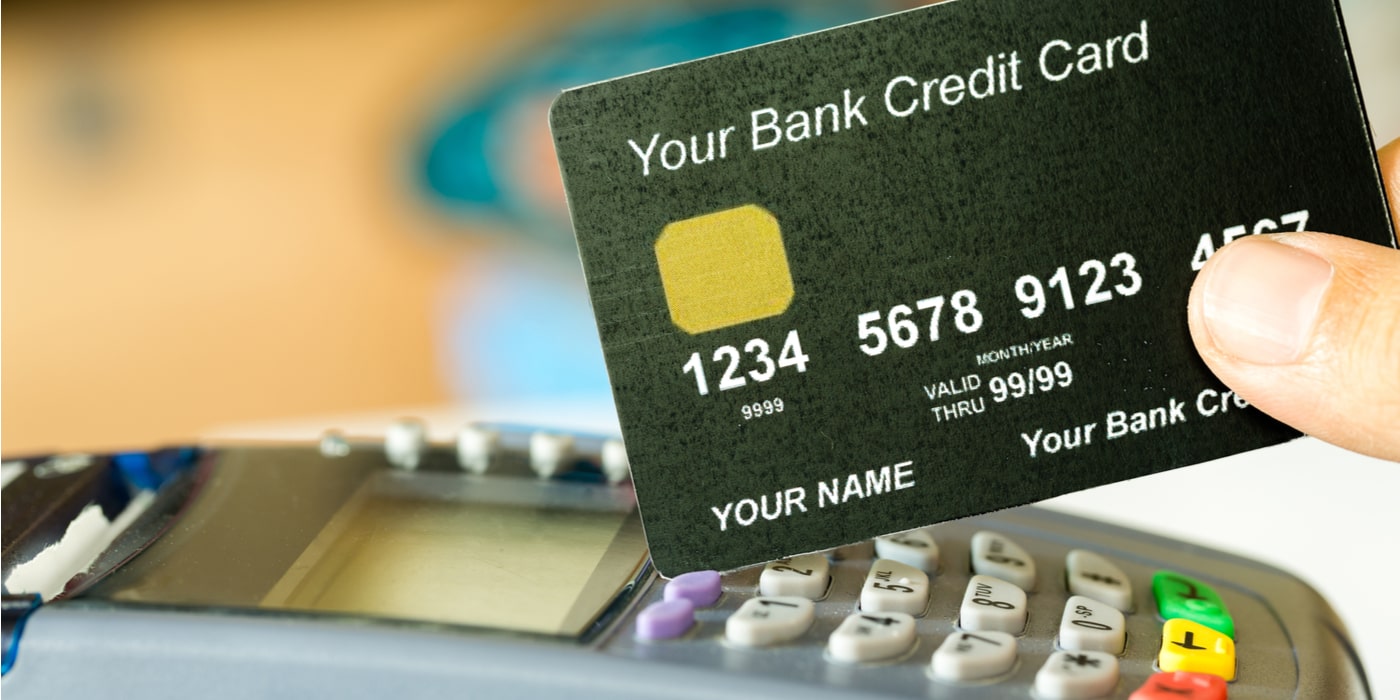How Credit Card Processing and Other Processing Systems Work
The best business owners are those who can also think like customers. The ability to pick apart a product or service from the viewpoint of a customer is what will set a successful business owner apart from the rest. Consequently, processing a credit card and other key methods of bringing cash into the business are essential, and must be understood. As such, we have decided to break down the world of processing a credit card, comparing and contrasting it with other payment services to easily help you understand.
What is credit card processing?
Card payment machines are a big part of normal day to day life, so much so that younger generations generally do not carry cash on them anymore and tend to just carry a credit or debit card on them. How to process credit card payments has certainly changed since their humble beginnings though.
When credit cards were introduced in 1950, the cardholder would hand over their card to the vendor, who would make a triplicate image, pressing the card into paper and using the embossed letters as a stamp. A ‘docket’ or document was produced, which the customer signed. The signature was checked against the back of the card and the document was produced.
Things have now moved on rapidly from the paper system, with the biggest change being the introduction of the credit card processors.
How does processing a credit card work?
A credit card reader, or PDQ machine (Process Data Quickly) has the card inserted into it chip side down, where the bank account data is stored.
The card reader reads the data and instantly contacts the card provider, confirming the available credit limit. Funds are then released by the card provider to the seller and the goods get paid for into the bank of the business. The credit card payment process typically involves:-
- The customer;
- The vendor;
- The PDQ;
- The card provider;
- The bank of the vendor.
The PDQ knows what to do when the card is inserted because it has inbuilt technology, referred to as a ‘payment gateway’, which is a set of instructions to follow to allow all of the above parties to be included in the transaction.
The PDQ and credit card chip replaced the paper dockets and the PDQ replaced the need for them to be manually processed, taking a process which could have taken several weeks to a process which is instantaneous. This whole process from start to finish is what we refer to as credit card processing.

What other forms of processing are there?
The way in which goods have been paid for has developed drastically over the course of our history. From the first ever coin in recorded history in Turkey in 600BC to the introduction of the first bank notes in 1661. Both of these methods involve a transaction solely between the vendor and the customer.
Payment processing is generally considered to be payment that is processed by a third-party. So, the introduction of bank accounts and travellers’ cheques could be considered as a primitive form of payment processing.
Now, in the 21st century, the processing of a payment takes on a much more digital form, such as: –
- Debit Card Processing
- Mobile Card Processing Services
- Online Payment Processing Systems
- Crypto-Currency Processing
Payment processing systems refer to companies such as LumiPay. These payment processors were founded as a way to provide a payment gateway which essentially replaced the need to put the card into the PDQ machine, making them suitable for payments online.
When credit, debit, mobile and online payments were founded, they were introduced as a way to transfer currency which existed in a physical form. Now, we have seen the introduction of alternative crypto-currencies, where payments can be taken from currency which exists solely as a digital entity.
How does processing a debit card work?
When credit cards were introduced by their service providers, banks quickly realised that using cards could instantaneously replace the need to use cheques, which meant the introduction of the debit card. Typically involving the following parties: –
- The customer;
- The vendor;
- The PDQ;
- The bank of the customer;
- The bank of the vendor.
Most PDQ machines are able to process both credit and debit cards.
How does it differ from processing a credit card?
Essentially, the difference between credit card processing and processing a debit card is when the payment is essentially settled then and there with a debit card by the customer. With processing credit cards, the customer will settle after a predetermined amount of time (usually this take place one month after), which charges applied for late card payments.
Debit card processing is where the customer settles instantly, the payment appearing on a statement in the same way a cash withdrawal would.

Mobile processing service – what are they and how do they work?
Further transformations have been made in the processing of card payments by the introduction of mobile card processing services, such as LumiPay.
These mobile services of processing offer businesses a way in which to process payments without the need for complicated till systems. They provide the ability to accept card payments to sole traders and travelling merchants who generally can’t connect to a fixed telephone line.
Mobile Processing Services are used by both small and big businesses alike, although they predominantly appeal to the former, with payments being made in real-time.
How are mobile credit cards processed?
By downloading an app to a smartphone/tablet and connecting the device to a small card payment machine, you can have the customer insert their card and use their PIN in the traditional fashion, but the payment is then processed through the app, using a payment gateway.
Compared to processing credit cards, the smartphone and app replace the need for a PDQ by providing an alternative route to access a payment gateway. Subsequently, with the data being transferred online, it allows for real-time copies of receipts to be emailed to the customer, allowing the whole transaction to become a paperless and secure payment.
In summary
The whole game of processing payments has evolved a significant amount over the last century or so, from a merchant account to electric tills. Evolving from the early days of processing credit card transactions, when the cards were stamped and the processing could take weeks to an almost instantaneous transactions being processed over the internet.
The convenience provided by the modern day services of processing payments is fast becoming normality for the expectations of customers. Businesses wishing to meet their customers’ needs must react accordingly and always keep in mind the processing of their payments to better improve their service.
